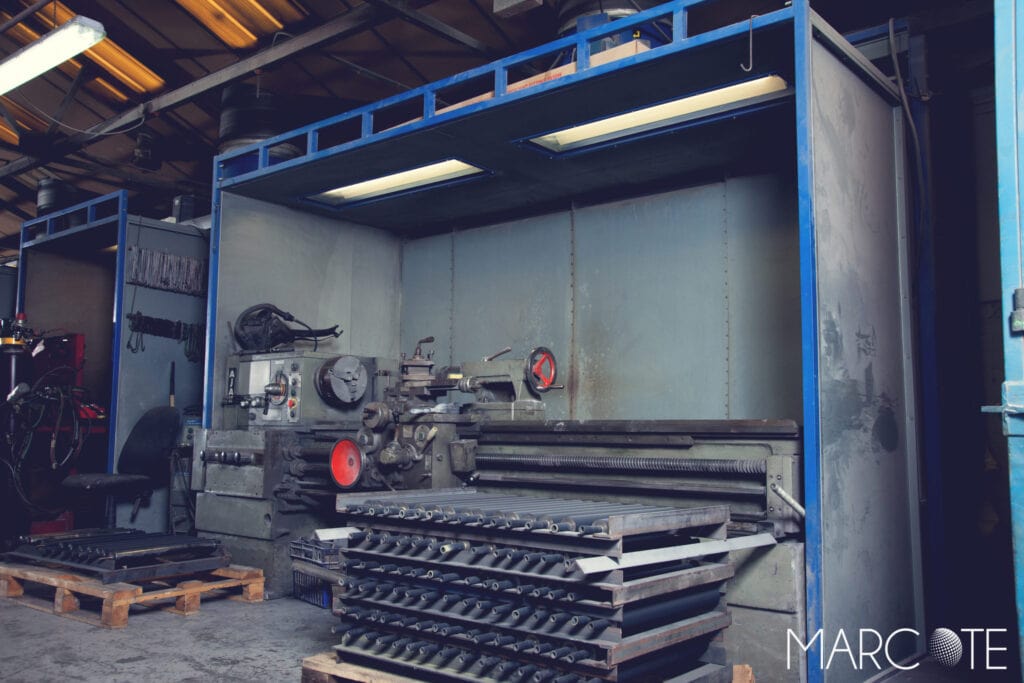Using Plasma Coating To Improve Web Traction in Printing Applications
When it comes to serving the printing and packaging industry, delivering to market machinery that can maintain print quality, improve speed of production, and increase profitability is a sure-fire way to stay ahead of the competition as an OEM.
Paying careful attention to the web, how it is kept on the rollers and in contact with the printing componentry throughout the printing process, can really help control these variables, and adjusting the traction to suit the type of paper or plastic being printed can add real performance-driven precision to the machines you design and produce.
Sam Woodcock, Managing Director here at Marcote explains:
“Whether it’s web fed die cutting for cartons, or flexographic printing, it isn’t unusual for a printing production line to measure in excess of 10m in length. Keeping the printing substrate in precisely the right place for the entire length of the production line is critical for printing accuracy and cost management, and there are a variety of methods available to increase traction.
“It is important to note that different printing materials will require different levels of traction, and what is right for plastic, for example, may not be right for certain types of paper. To ensure just the right level of traction is applied to printing and packaging machines, many OEMs in this sector rely on specialist surface coatings like Plasma technology that can be carefully adjusted to suit different substrates.”
Plasma coatings for printing and packaging
Plasma coatings are now the system of choice for machinery manufacturers looking to keep a substrate in place on a printing, embossing, or scoring production line. The traction plasma provides stops the web moving left to right and causing printing or other production discrepancies.
This added level of accuracy improves quality control, reduced re-runs, speeds up production times and ultimately improves profit margins.
Furthermore, plasma coating slows the build up of ink on machine rollers and makes roller cleaning quicker and easier when required. Most importantly, the application of plasma coating can be adjusted to suit the substrate, so that just the right amount of traction is provided.
Plasma coating
Offering abrasion and impact resistance, alongside a highly configurable level of friction control for printing and converting applications, plasma coating can be applied with either a thermal spray, arc spray, HVOF or standard plasma application process.
Plasma coatings will change the look and feel of the material they are applied to giving the right surface finish for your process, when used for traction, a textured surface is required, which is achieved by altering the application settings on our in-house machinery.
Plasma coatings are bound to the surface of the substrate on an atomic level thanks to monomers that are introduced within the plasma feed gas. Under the correct conditions (created by the application process), monomers bond together to form polymers at the surface of the substrate.
Different metallic and ceramic materials can be heated and combined into a plasma coating to provide specific surface qualities such as the performance qualities required by the printing and packaging industry. These component qualities are ideal for manufacturing environments and can increase the life expectancy of machinery and improve system performance.
Find out more
If you would like to find out more about how plasma surface treatments can help you deliver printing and converging equipment to market capable of improving performance quality and process speed, speak to the Marcote team today on 01543 419 904 or email sales@marcote.co.uk.

